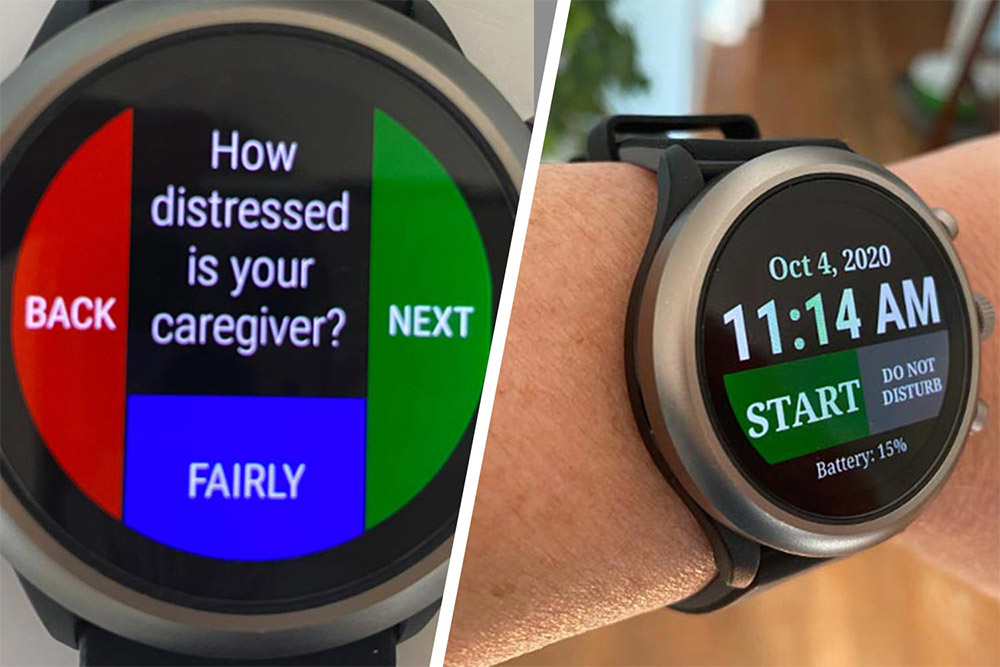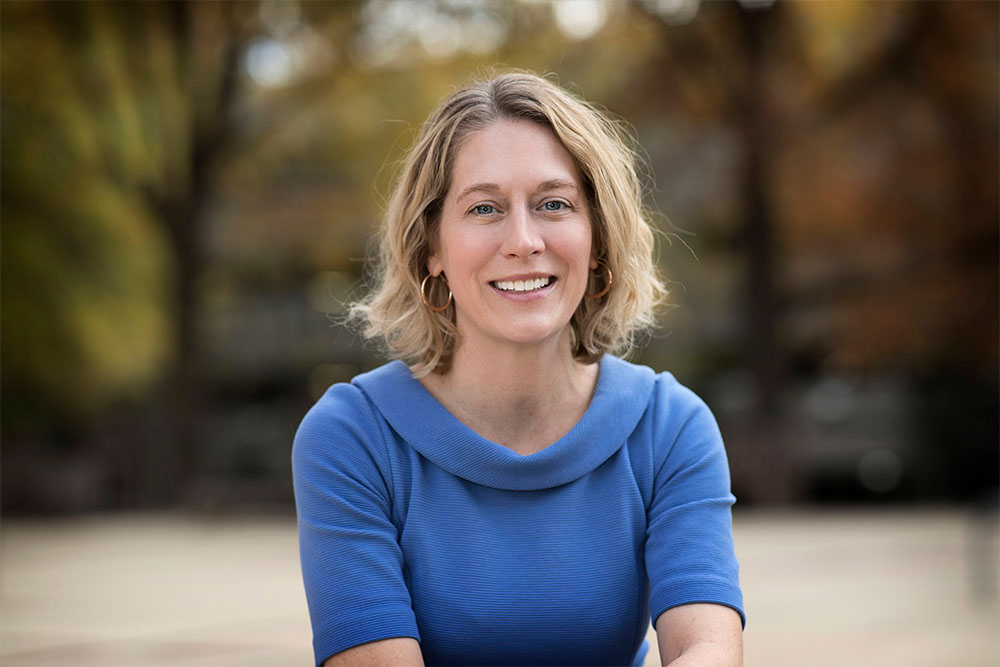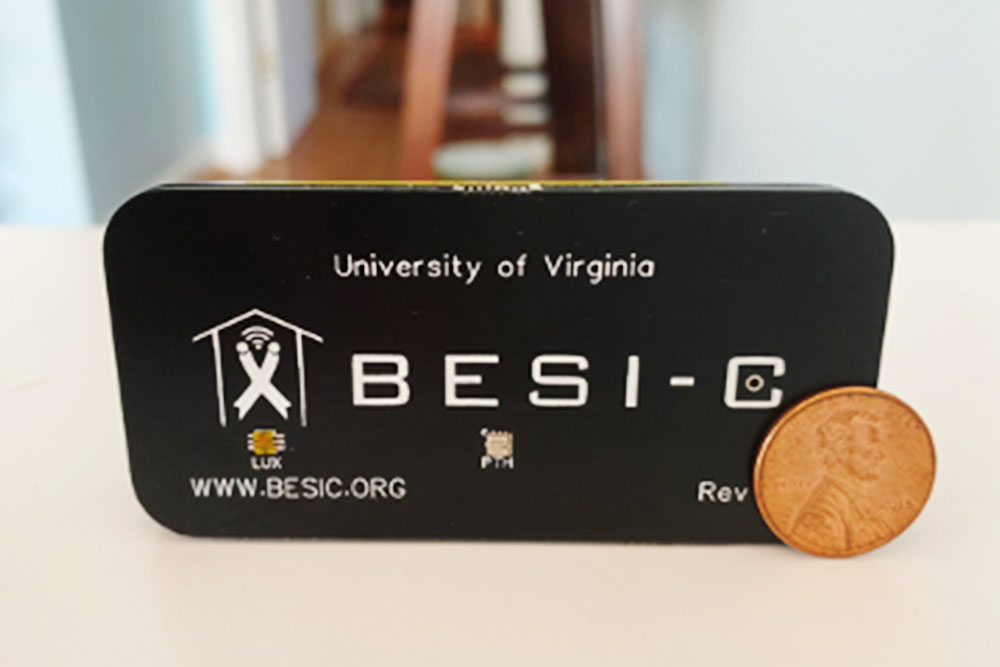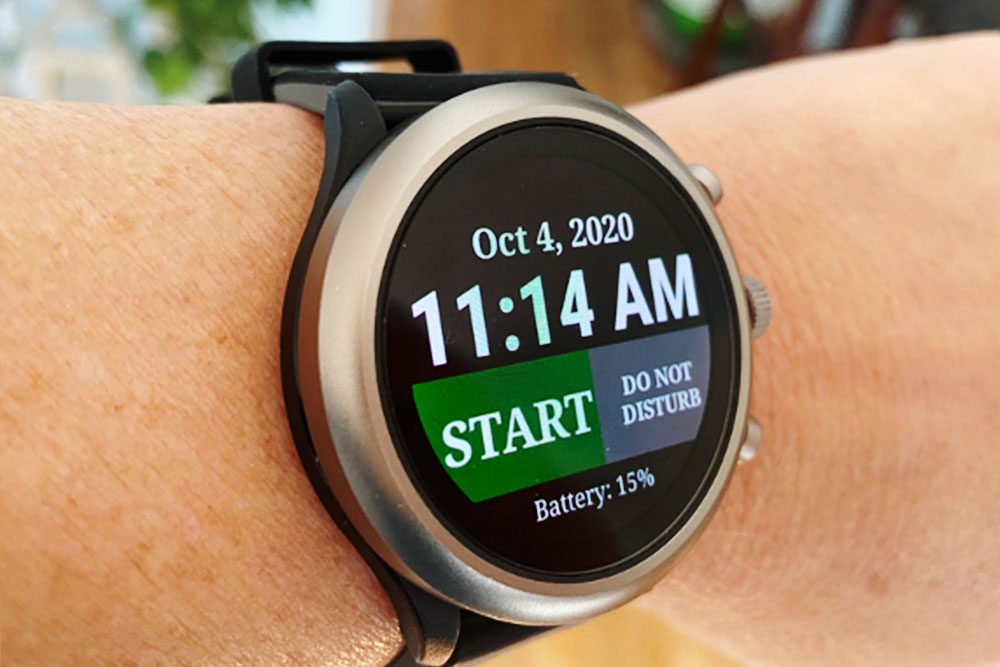Pain is Personal; Relief From Cancer Pain Should Be, Too

Perhaps the only thing worse than being diagnosed with cancer yourself is watching someone you care about suffer through it – something University of Virginia nurse scientist and assistant professor Virginia LeBaron knows from experience.
Her father quickly died of cancer, and in significant pain, in 2002. LeBaron worked for years as a palliative care nurse practitioner in Nepal and India, where pain relief medications like morphine were scarce and acute cancer pain high. She studied the incidence of untreated cancer pain in Southwest Virginia, where access to opioids, the gold standard for serious cancer pain, is additionally complicated by concerns about its abuse and diversion.
But relief from cancer pain, she said, is only the first step.
“Short of a cure for cancer,” LeBaron explained, “responsibly and compassionately managing pain is our baseline goal as clinicians. But in many cases, the approach to pain relief can be a blunt, one-size-fits-all instrument. My hope is to improve our understanding of cancer pain – why and under what conditions it happens, what its effect is on both patients and their family caregivers, and how it’s best relieved – and to thoughtfully identify and deploy personalized pharmacologic and non-drug solutions to treat it.”
Over the next four years, LeBaron will use a new $3.4 million dollar grant from the National Institutes of Health, The National Institute of Nursing Research to expand previous work with BESI-C (short for Behavioral and Environmental Sensing and Intervention for Cancer), a smart health home-monitoring system comprised of environmental and wearable smart watch sensors used by cancer patients and family caregivers.



While previous pilot grants from UVA Center for Engineering in Medicine and the American Cancer Society enabled LeBaron and an interdisciplinary team of engineers and clinicians to design and successfully deploy BESI-C into patients’ homes, her new NIH grant will scale-up deployments and refine how the observational data are used. With new layers of metrics related to how cancer patients and caregivers anticipate, experience and manage pain, she’ll quantify pain’s impact on their quality of life to build a more robust understanding of a patient’s “pain profile,” with the ultimate goal of actually heading off pain episodes before they begin.
A unique feature of BESI-C is its emphasis on both patients’ and caregivers’ experiences. For example, when patients or caregivers report and characterize pain events on their respective smart watch, they are also asked about their partner’s distress levels. An increased understanding of this ‘dyadic’ effect – how a patient’s experience affects the caregiver and vice versa – can be a big help in unraveling cancer pain’s complexities.
“We know that pain is a remarkably personal and complex experience, and is often perceived differently by caregivers and patients,” LeBaron said. “If we look closely, we can characterize this unique experience, similar to a pain fingerprint or what we call a ‘digital phenotype.’ Understanding these nuances will allow us to develop better, more targeted therapies that are highly personalized, so clinicians can offer more effective relief – and also so that patients and caregivers themselves feel more empowered to manage symptoms and their self-care.”
Because most cancer symptom management happens in the home setting, and far from medical care for many rural patients, BESI-C’s powerful approach can help keep people comfortable at home, and out of the emergency room and hospital – even more relevant today, given the challenges of COVID.
“Now, more than ever, it is essential we find safe and effective ways to help keep fragile and immune-compromised patients out of harm’s way,” she said, “while still ensuring they receive high-quality care.”
Further complicating pain management is many clinicians’ scrutiny of, and reticence to prescribe, opioids, a mainstay class of medications used to control serious cancer pain, but also potentially substances of misuse. Refining how BESI-C analyzes pain events and symptom management at home will give clinicians a unique vantage point? into their patients’ experience of pain and the ability to offer a careful, personalized approach for patients with advanced disease.
“Sharing data with key stakeholders is a big part of this work,” LeBaron said. “We know from prior work that patients and caregivers are eager to see their own information, and share it with their health care providers. With this grant, we’ll explore in a more robust way how to best share the information collected by BESI-C: how, when and with whom.”
For LeBaron, who has seen the ravages of cancer up close, expanding relief at the nexus of technology and compassionate care is both a passion and a calling.
“I am incredibly honored to have the opportunity to do this work,” she said, “and for the chance to try to make a positive difference and reduce suffering for those affected by cancer.”
###
